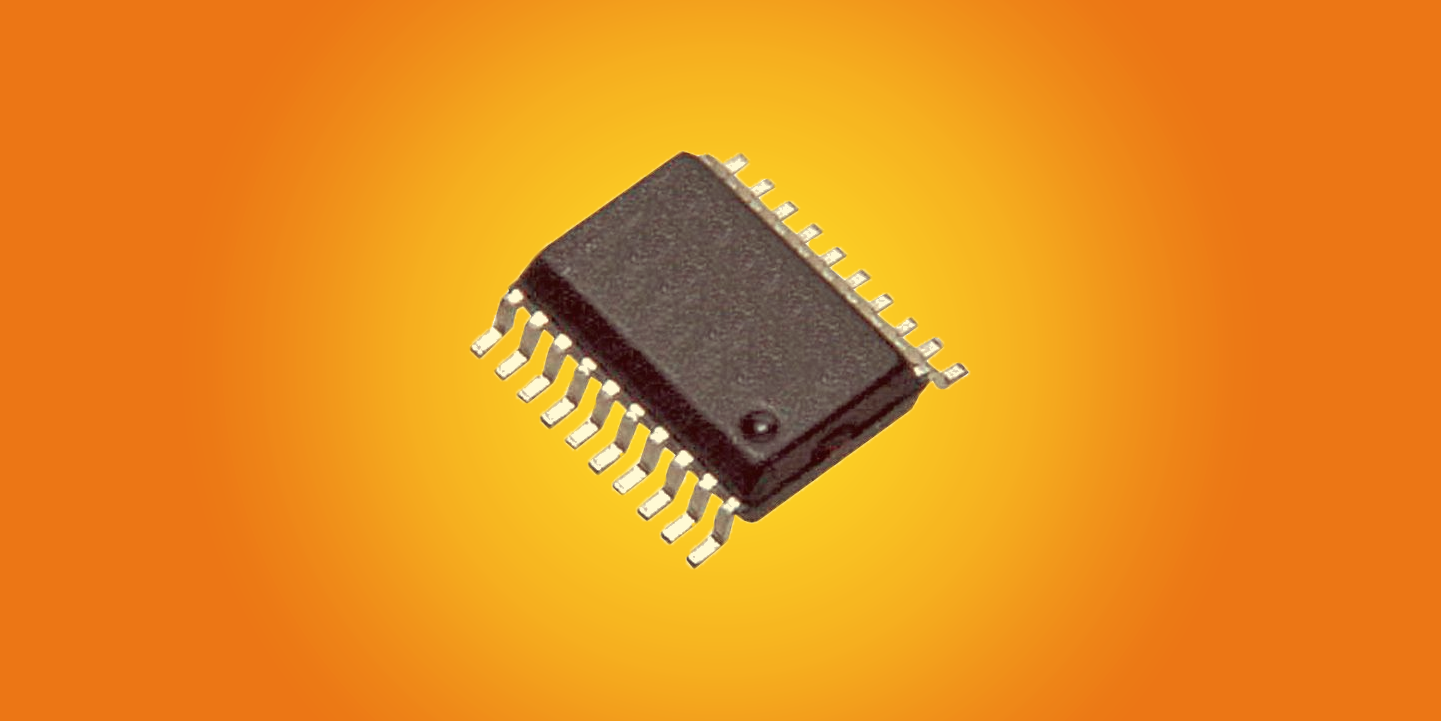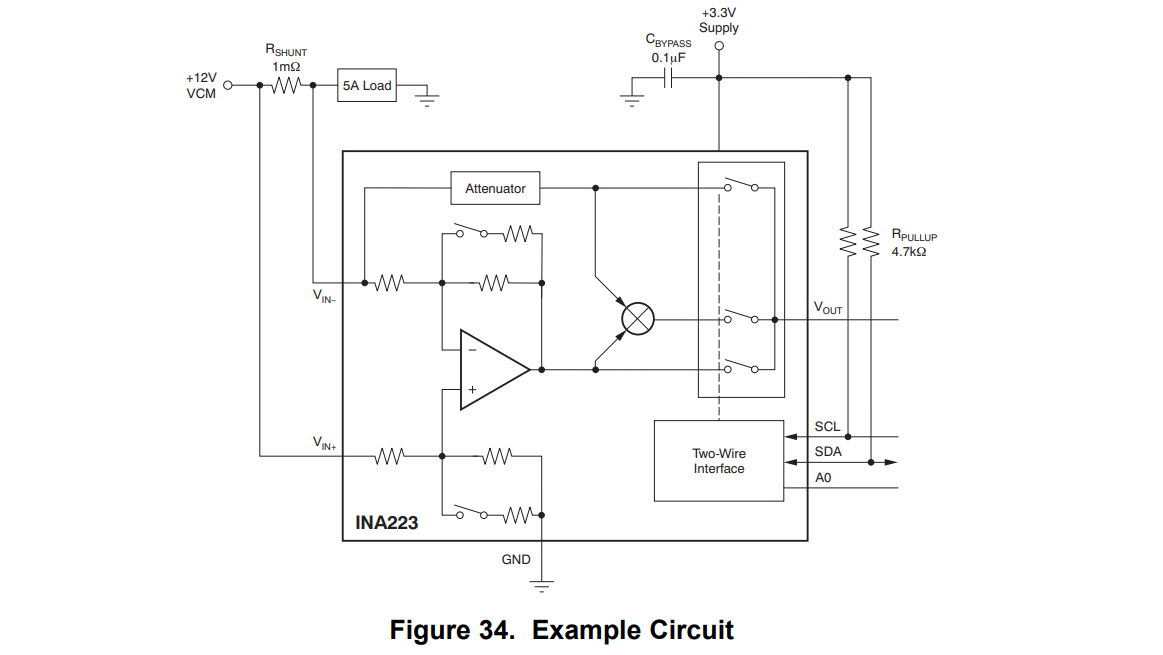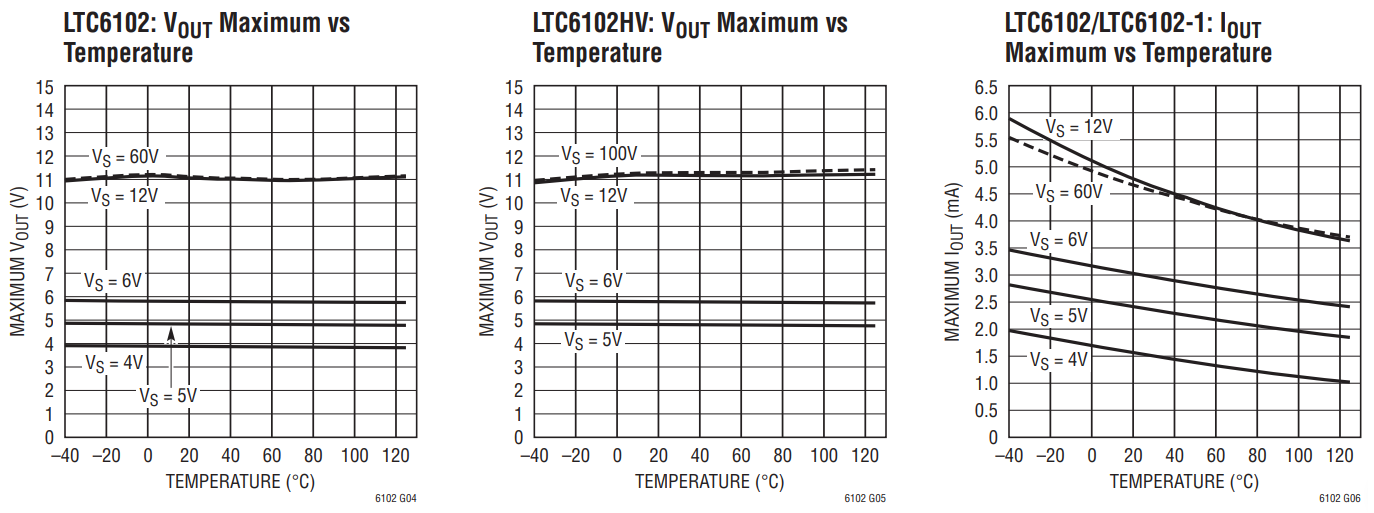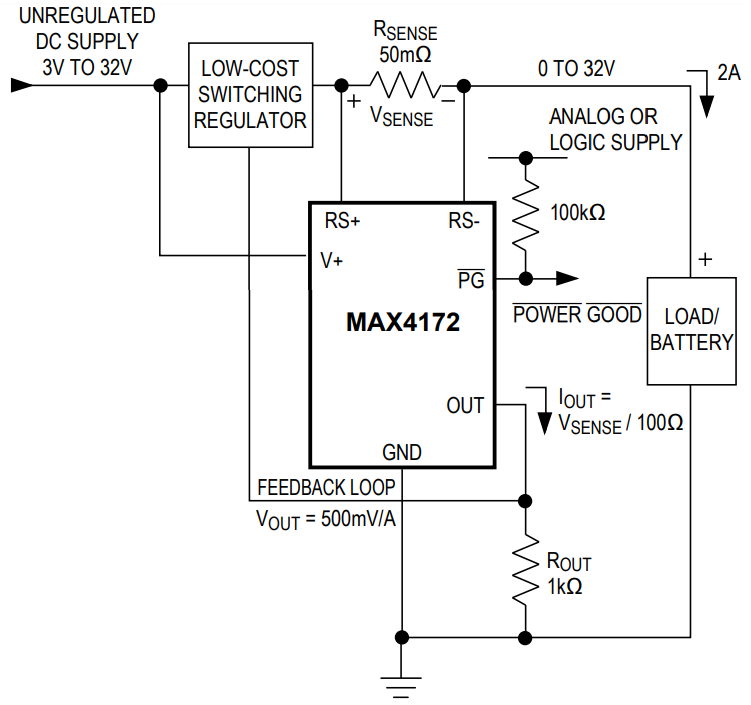
A lot of designers focus so much on the fun part of PCB design: selecting processors and memories, routing high speed interfaces, adding in some RF capabilities… the list goes on. But one thing that can sometimes fall by the wayside is your power regulation strategy. Power regulators are only as stable as their input voltage. If your input voltage has large fluctuations or you expect it to drop during the life of the device, you need to find some way to stabilize the output to the desired value.
For low voltage systems, or in systems where the drop in the voltage is relatively small (maybe 20% of the desired output) the strategy would be to regulate the input voltage to some desired value, and then regulate the output using an LDO. Once you introduce an LDO, you’ll have an inefficient linear regulator that can generate a lot of heat. Using an LDO alone is only sufficient when the headroom is rather low.
There is a better option for regulating power in a system where the input can swing over a broad range of values. This involves a current sense amplifier, which can then be used in the feedback loop of a switching regulator. By using a current sense amplifier, you can regulate the power injected in the regulator feedback loop, or use the output to control a PWM signal with an MCU. Here are some current sense amplifier options for your next power regulator.
How to Use a Current Sense Amplifier
The purpose of a current sense amplifier is rather straightforward: it outputs a voltage that is proportional to the current on the device’s input. Current in these systems can be measured using an external or internal precision resistor. These are basically op-amp circuits that take a voltage measurement as the input, and the output is amplified using feedback. If you’re feeling adventurous, you could certainly build your own current sense amplifier from discrete components, although a variety of current sense amplifiers are available from major IC manufacturers. These ICs offer a range of voltage and current outputs, and they can be easily integrated into high power regulator circuits.
Where does a current sense amplifier need to sit in a power regulator design? The answer is: in the feedback loop. As an example application, the amplifier can be used to measure the current on the output from a cheap regulator, and it feeds power back into the regulator circuit to adjust the output. This is shown in the block diagram below.
 Current sense amplifier used to adjust a PWM signal, which is used to control a switching regulator.
Current sense amplifier used to adjust a PWM signal, which is used to control a switching regulator.
Some current sense amplifiers are programmable over a standard high-speed interface. Rather than adjusting a PWM signal, the gain on the output can be programmed with another device, such as an MCU. These devices can also be used for power regulation without a standard regulator IC, i.e., with feedback into a switching power MOSFET in a custom regulation circuit.
Important Current Sense Amplifier Specifications
Here are some important specifications to consider when selecting a current sense amplifier and integrating it into a power regulation circuit.
- Rated maximum input voltage: A current sense amplifier is typically measuring a voltage across a precision resistor, not the current directly. The input voltage limit should be greater than the output from your regulator stage.
- Common-mode vs. Differential-mode input: Common-mode is the most common type of input for DC and low-frequency AC power.
- Output gain: The output gain is defined at the hardware level and will determine what level of voltage droop you can compensate with the system.
- Input bias current: The input is normally high impedance, so it should draw very low current. Typical values are at the microamp level.
Several other specifications are important, but these specifications are the best place to start selecting a component for power regulation.
Current Sense Amplifier Options
Texas Instruments, INA223
The INA223 programmable gain current sense amplifier from Texas Instruments operates up to 26 V input and includes a programmable interface over SPI. This device uses 3.3 V input with an external sense resistor for high-side current sensing. Note that the high-side resistor needs to be chosen such that the input voltage exceeds the maximum offset voltage of 10-20 mV (depending on the output gain). A typical application circuit is shown below.
 Example application diagram from the INA223 datasheet.
Example application diagram from the INA223 datasheet.
Analog Devices, LTC6102
The LTC6102 current sense amplifier from Analog Devices is an older component acquired from Linear, but it is still in production and is an excellent choice for higher voltage regulators. The standard variant allows input ranging from 4 to 60 V, and the high voltage variant (LTC6102HV) operates from 5 to 100 V. This component has high bandwidth spanning from DC up to ~200 kHz, and it has highly stable output voltage vs. temperature.
 Output current and voltage variation with changes in temperature for the LTC6102 and LTC6102HV current sense amplifier variants. From the LTC6102 datasheet.
Output current and voltage variation with changes in temperature for the LTC6102 and LTC6102HV current sense amplifier variants. From the LTC6102 datasheet.
Maxim Integrated, MAX4172
The MAX4172 from Maxim Integrated is ideal for inclusion in a regulator feedback loop. This component provides high-side current monitoring with up to 32 V input voltage. The full-scale current and scaling factor (output voltage/sense current) can be adjusted by selecting the appropriate high-side sense resistor on the regulator output. The output error with this component is ~2% at ambient temperature and does not exceed +/-6% at extreme operating temperatures.
 Functional block diagram from the MAX4172 datasheet.
Functional block diagram from the MAX4172 datasheet.
There is a broad range of current sense regulator ICs for use in different current and voltage ranges. When you’re looking for the components you need for power regulation, Octopart will be here to help you find the components you need.
Stay up-to-date with our latest articles by signing up for our newsletter.